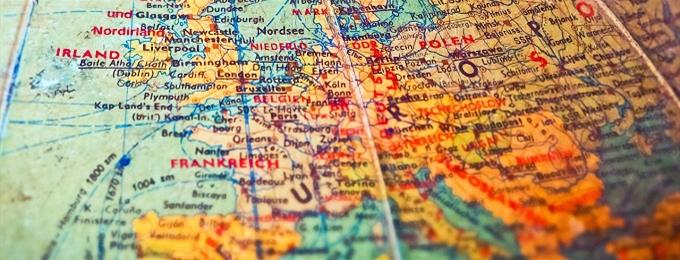The ERAC plenary adopted an Opinion on the future of the European Research Area and discussed the contribution of R&I to the European Green Deal.
Incepted in 2000 by the European Commission (EC), the European Research Area (ERA) is a unified research area open to the world and based on the internal market. The original goal behind the ERA is to enable a truly free circulation of researchers, scientific knowledge and technology. In the last years, the EC has strengthened its efforts to deliver and fully implement the ERA in coordination with EU Member States (MS) and EU research and innovation programme associated countries, resulting for instance in the adoption of an ERA Roadmap (2015-2020) and the setting up of an ad-hoc Working Group (WG) on the Future of the ERA in April 2019. The reason for the creation of the ad-hoc WG is the transition the ERA is currently undergoing, so the WG’s mandate, driven amongst others by new trends in the field of R&I policies (digitalisation, open science etc.) and the upcoming new EU framework programme for research and innovation Horizon Europe programme.
Since its inception, the ad-hoc WG has been preparing a comprehensive report on the future of the ERA. The report itself contains a new narrative for the ERA, based on the principles of inclusiveness, relevance, effectiveness and visibility. The WG submitted the report to the European Research Area and Innovation Committee (ERAC), the ERA’s strategic advisory body at the ERAC’s 44th meeting on 17 December 2019. Based on the report, the ERAC adopted an Opinion on the future of the ERA proposing four main priorities: (1) Improve Framework Conditions to fully enable ERA with a focus on transnational collaboration and research career issues, (2) joint action at the European and transnational level with other policy areas, driven by R&I and with a special focus on the Sustainable Development Goals (SDGs), (3) enhance R&I visibility and relevance towards society and (4) ensure broad inclusiveness of R&I in Europe, including brain circulation.
After this pre-Christmas ERA milestone, the EC will now prepare a Communication on a new ERA, which is expected for the second quarter of 2020. In her mission letter, the new EU Commissioner for Innovation, Research, Education, Culture and Youth, Mariya Gabriel, has already been explicitly tasked by Commission President Ursula von der Leyen to work with MS to build a true ERA. As a next step, the EC will go on a “tour des capitals” to several EU MS and associated countries, upon their interest, to enter in direct contact with and collect inputs from national stakeholders. The tour’s kick-off took place on 16 December in Rome and received a lot of attention, as it was reported.
The second major point on the agenda of the 44th ERAC meeting was the role of R&I in the European Green Deal, with a special focus on how investments in R&I can contribute to sustainability. Participants agreed that R&I has a crucial role to play in the achievement of the Green Deal and that the new R&I Framework Programme with its missions and partnerships will not be sufficient. The ERAC emphasised the need to increase the directionality of national investments in R&I to contribute to the Sustainable Development Goals (SDG) and to strengthen Europe’s competitiveness. Necessary changes for a sustainable and climate-neutral economy, so the ERAC, would however require adequate regulatory measures and incentives, based on a “whole of government approach”.

